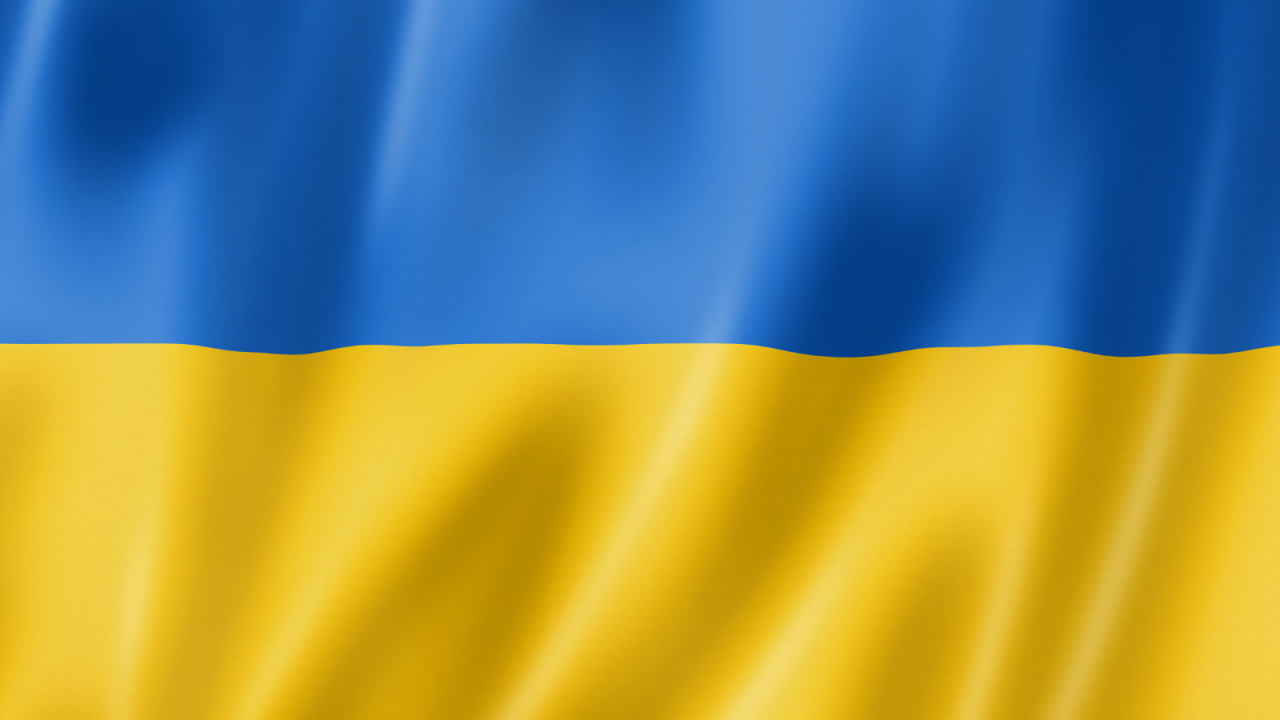2005. Eleventh ECMM/2nd TIMM Congress (Berlin)
July 17, 2008 – 17:21 — ECMM Website Editor
On October 23-26, 2005, for the second time ECMM and EORTC joined their efforts to convene 2nd Trends in Medical Mycology Congress.
2nd TIMM gathered 1000 participants from 53 countries.
Congress Organizers:
M. Ruhnke and J. Meis for ECMM
G. Maschmeyer and B-J. Kullberg for EORTC
From Mycology Newsletter 2006, P. 8-9
Overall, 33 program parts with symposia, interactive morning sessions, plenary and poster sessions, oral presentation sessions, workshops and industry sponsored symposia gave everybody the opportunity to find his own topics of interest. Most sessions were devoted to antifungal treatment, emerging fungal pathogens, fungal infections in the different patient populations (immunocompromised host, children, haematology/oncology) and diagnostic methods. Special sessions were devoted to signal transduction, molecular methods, dermatomycology, host fungus relationship and allergy and mycotoxins.
The first day started with three satellite symposia (sponsored by Gilead, Pfizer, Merck Sharp & Dohme) that concentrated on clinical approaches to the antifungal therapy today. The official opening ceremony was held by Markus Ruhnke and Georg Maschmeyer from Berlin who together with Bart-Jan Kullberg and Jacques F. Meis from Nijmegen formed the Executive Committee for this congress. This year the ECMM Drouhet lecture was given by Annemarie Polak from Switzerland who gave a presentation about the current aspects and history of antifungal combination therapy. Frank Odds as the president of the ECMM honoured the scientific career of Annemarie Polak.
In the photo: Frank Odds and Annemarie Polak (the E. Drouhet memorial lecture 2005, during 2nd TIMM in Berlin).
This ceremony was followed by an overview over the history of medical mycology in Germany given by the congress chairman Markus Ruhnke. Every morning started with interactive case session followed by stateof- the-art plenary session. The first presentation, antifungal therapy in cancer patients, summarized the most important key points related to the therapy of fungal infections in cancer patients.
We were reminded that fatality rates in patients with documented invasive aspergillosis had been significantly reduced by primary use of voriconazole as compared with amphotericin B. For those not tolerating or refractory to voriconazole or amphotericin B formulation complete or partial response could be achieved with caspofungin. Early detection of invasive aspergillosis and prompt start of an effective therapy are the most essential factors for treatment outcome. Invasive and oropharyngeal or esophageal candidiasis in cancer patients might be due to species other than Candida albicans, particularly C. glabrata, however, in patients not treated with fluconazole for prophylaxis, C. albicans is still predominant and therefore fluconazole may be effective in the majority of Candida infections in cancer patients. After that overview we could continue with fungal infections in the severely ill patients or choose one of the parallel symposia: molecular mycology or antifungal pharmacology.
It was very interesting to learn about biofilms, three-dimensional communities of microorganisms that develop attached to a surface. One of the distinctive features of C. albicans biofilms is their reduced susceptibility to an array of antifungals. Consequently biofilms represent an important cause of relapses after therapy. However as we learnt during the next days, especially echinocandins show a good efficacy in biofilms. Some recent clinical studies were discussed on the first day. A multicenter trial of oral posaconazole vs. fluconazole was presented by Andrew Ullmann from Mainz.
The study presented by Andreas Groll from Münster, on empirical antifungal therapy with liposomal amphotericin B (L-AmB), showed that it was a safe and effective preventive intervention against life-threatening invasive fungal infections in high-risk granulocytopenic pediatric cancer/ HSCT patients. A significant lower incidence of IFI in neutropenic patients treated with low dose LAmB for prophylaxis of IFI was observed by Olaf Penack from Berlin. The first day ended with an integrated symposium sponsored by Astellas presenting once more a detailed overview of Candida infections with a special look at the pharmacokinetic of micafungin and its clinical relevance.
In the symposia on the second congress day, presentations regarding to the important problem of antifungal resistance were given by Thomas Edlind from Philadelphia who explained the function of MDR pumps in fungi contributing to the development of resistance mechanisms and Dominique Sanglard from Lausanne who summarized in detail all known mechanisms of antifungal resistance. The afternoon symposium dealt with fungal infections of the central nervous system (CNS). From the initial sites of infection CNS involvement might arise from extension of sinus/ear infections or haematogenous spread. Autopsy studies indicate that the CNS is the second most frequent organ affected in invasive aspergillosis. CNS infections caused by filamentous fungi have an extremely poor prognosis.
Stefan Schwartz from Berlin presented some data of a recent retrospective analysis of 81 patients with proven or probable neuroaspergillosis suggesting improved outcome after treatment with voriconazole. The integrated symposium of the second day sponsored by Schering-Plough focused on filamentous fungi and the role of posaconazole in treatment of invasive infections caused by these pathogens. The positive and negative sites of new and old antifungals were the hot topic of the last congress day. Questions such as “When will amphotericin B die?”, “More echinocandins – better therapies?”, “New azoles – more options?” awoke a lot of interest among the participants and were discussed very intensively. This discussion created the basis for a trial of defining the roles of antifungal agents available today.
At the end we looked behind the horizon with Christopher Hitchcock from Kent to imagine the antifungal development in the future. Finally, during the lunch time break Walter Buzina from Graz gave us a beautiful presentation about “Fungi and art” telling us how the attributes of fungi as mind-altering psychedelic mushrooms, deadly poisonous toadstools, incredibly expensive delicacies or just beautiful-looking creatures, inspired numerous artists to immortalize fungi in artwork. Not to forget, 294 posters contributed to the scientific success of the 2nd Trends in Medical Mycology congress in Berlin 2005.
You may download the file with TIMM 2005 abstracts from a link below:



